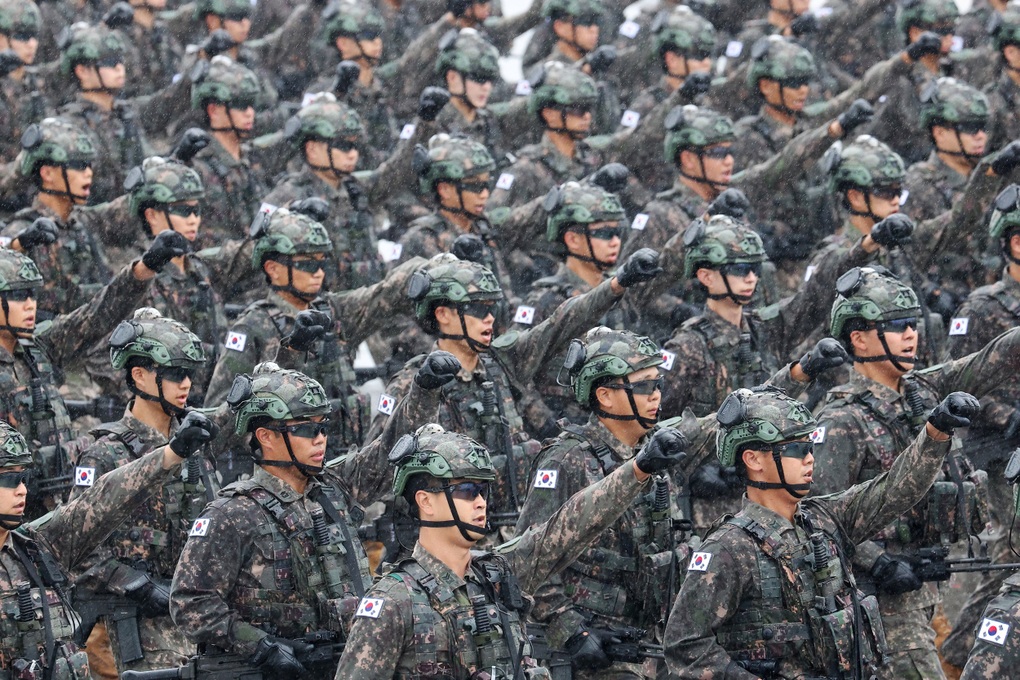
South Korean troops march during a ceremony marking the 75th anniversary of Armed Forces Day in Seongnam in September 2023 (Photo: Reuters).
South Korea currently maintains a standing army of about half a million troops due to its wariness of North Korea. But with a birth rate of 0.78 children per woman, Seoul has no choice but to downsize, experts say.
"With the current birth rate, the future is already predetermined. Force reductions are inevitable," said Choi Byung Ook, a professor of national security at Sangmyung University.
Mr. Choi pointed out that to maintain current troop levels, the South Korean military needs to recruit or call up 200,000 soldiers per year.
But by 2022, the country will have fewer than 250,000 babies born. If the male-female ratio is 50-50, when those children reach military age in 20 years, South Korea will have only about 125,000 men compared to the 200,000 needed.
Women are not required to serve in the military in South Korea, and female volunteers make up just 3.6 percent of the current force, according to the South Korean Ministry of National Defense .
Meanwhile, the number of newborns per year is forecast to decline further, to 220,000 in 2025 and 160,000 in 2072, respectively, according to Statistics Korea.
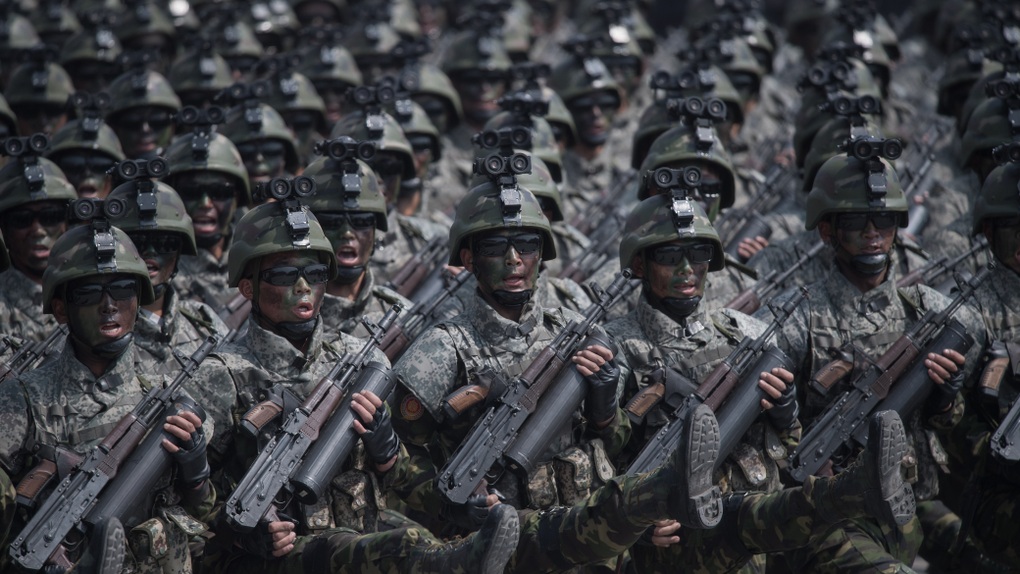
North Korean soldiers parade in Pyongyang in 2017 (Photo: AFP/Getty).
Get quantity compensation technology
Experts say South Korea must rely on science to defend against North Korea and turn its manpower crisis into a technological transformation.
"South Korea's defense agencies have long advocated shifting from a manpower-centered military to a technology-oriented military," said Chun In-Bum, a former South Korean Army Lieutenant General.
In 2005, the South Korean Ministry of National Defense announced a plan to develop a science-technology -centered military by 2020, but progress so far has been limited.
"Despite efforts to convert, the military has no motivation to do so because with Korean conscripts... human resources are still abundant," said Mr. Choi.
But Russia’s war in Ukraine has proven that on the modern battlefield, numbers are not enough. Ukraine’s use of UAVs and high-tech weapons supplied by its Western partners has inflicted heavy losses on Moscow’s numerically superior army.
South Korea has been focusing on integrating new technology into its combat units.
South Korea's defense ministry said last year it would transition to a manned-unmanned combined combat system (MUM-T) that leverages AI in stages. It also introduced the TIGER brigade – dubbed a "future unit" – which uses both humans and unmanned vehicles to carry out missions.
South Korea is also developing unmanned military equipment, including medium-altitude unmanned aerial vehicles (MUAVs) and unmanned underwater vehicles (UUVs).
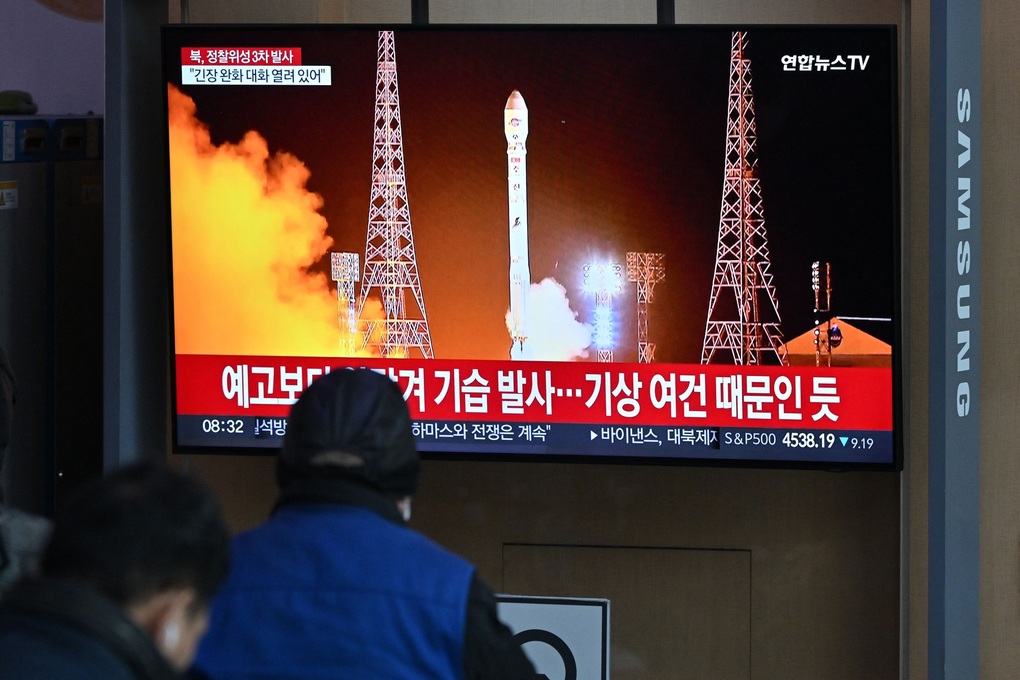
South Korean people watch North Korea's satellite-carrying rocket launch (Photo: AFP).
Soldiers are still indispensable
Still, experts say the human element remains at the heart of the military. And according to Chun, South Korea needs to make the most of its conscription system and reserve force.
“We need to improve our mobilization system where we can access a large reserve force,” Chun said.
After South Korean men complete their mandatory 18-21 months of military service, they become reservists. For the next eight years, they are called back to their units once a year to refresh their military knowledge. They are then required to undergo annual civil defense training until they turn 40.
The system currently helps South Korea have 3.1 million reserve troops.
South Korea is piloting a mechanism to call up some reservists for training for 180 days a year to strengthen their skills.
Another option is to increase the number of professional officers. These are volunteers who would serve longer periods to master advanced weapons “to avoid gaps in combat capabilities despite the reduction of active forces,” according to the 2022 white paper.
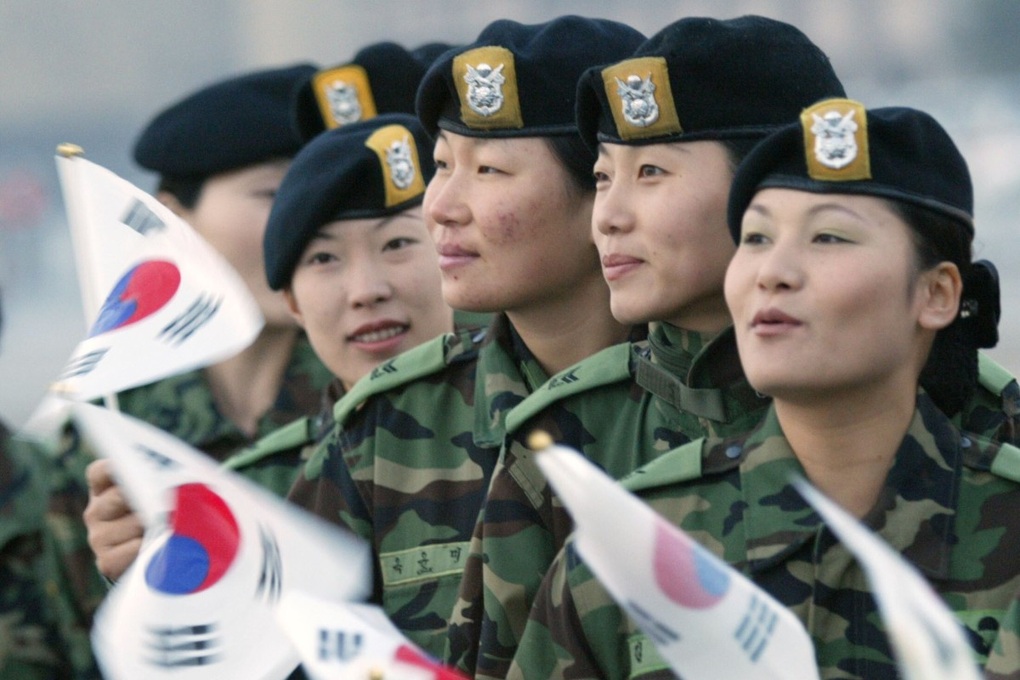
The South Korean military may move to increase recruitment of women amid a shortage of men, but the issue remains controversial (Photo: Reuters).
But this plan has the problem that people are not enthusiastic.
According to data from the South Korean Ministry of National Defense, the number of applicants for non-commissioned officer positions has decreased over the years, from about 30,000 in 2018 to 19,000 in 2022.
"The military is having great difficulty recruiting excellent professional non-commissioned officers, who in 10-20 years will constitute an excellent officer corps," said Mr. Choi.
The South Korean military may also move to increase recruitment of women.
Mr. Choi believes that requiring women to enlist in the military could solve South Korea's problem, but there are too many obstacles.
"There are many complicated factors such as social costs and women giving birth, so I think this method does more harm than good," he said.
But Mr. Chun still believes that attracting female volunteers is feasible if the income level is attractive enough.
"With a salary of 2,000 USD/month, it would be a very good job. Because in real life, a woman can only be paid 1,500 USD for the same job," the expert said.
Source


![[Photo] President of the Cuban National Assembly visits President Ho Chi Minh's Mausoleum](https://vphoto.vietnam.vn/thumb/1200x675/vietnam/resource/IMAGE/2025/10/1/39f1142310fc4dae9e3de4fcc9ac2ed0)


![[Photo] Hanoi morning of October 1: Prolonged flooding, people wade to work](https://vphoto.vietnam.vn/thumb/1200x675/vietnam/resource/IMAGE/2025/10/1/189be28938e3493fa26b2938efa2059e)

![[Photo] Keep your warehouse safe in all situations](https://vphoto.vietnam.vn/thumb/1200x675/vietnam/resource/IMAGE/2025/10/1/3eb4eceafe68497989865e7faa4e4d0e)







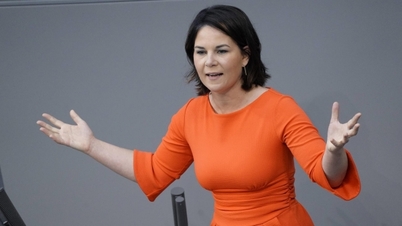



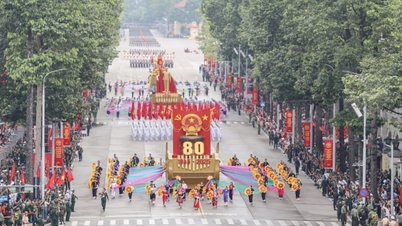

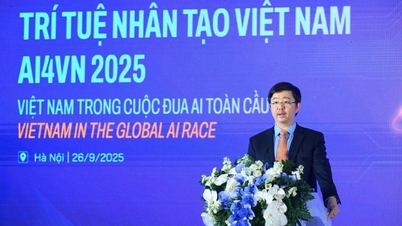
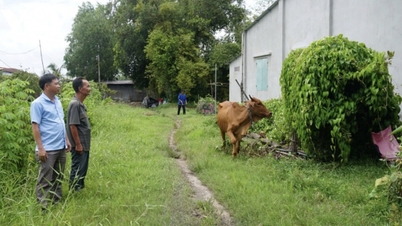




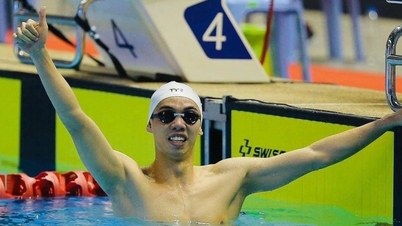

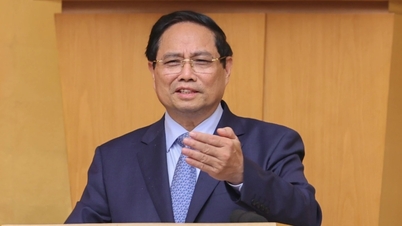
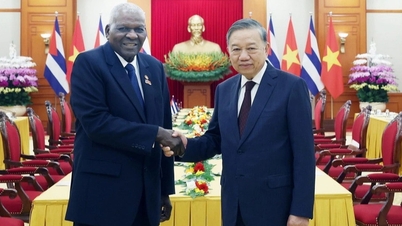
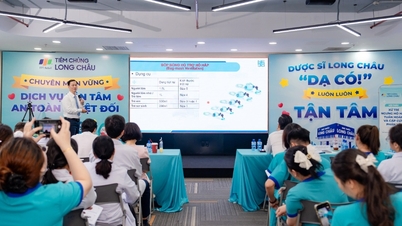
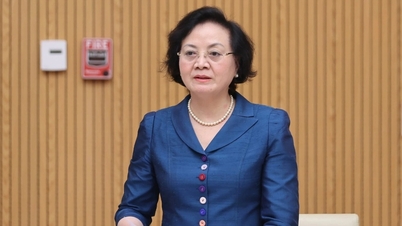
































































Comment (0)